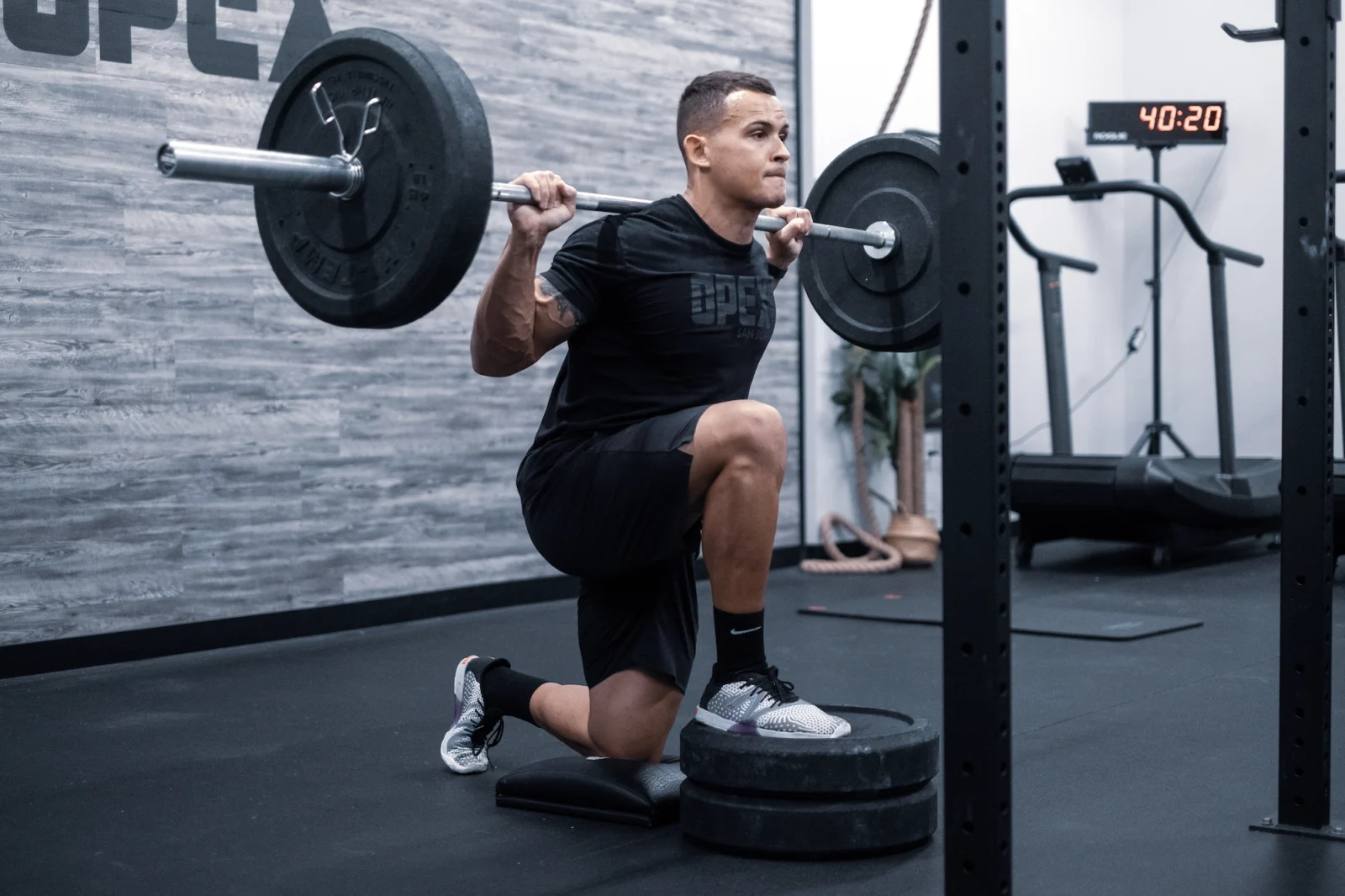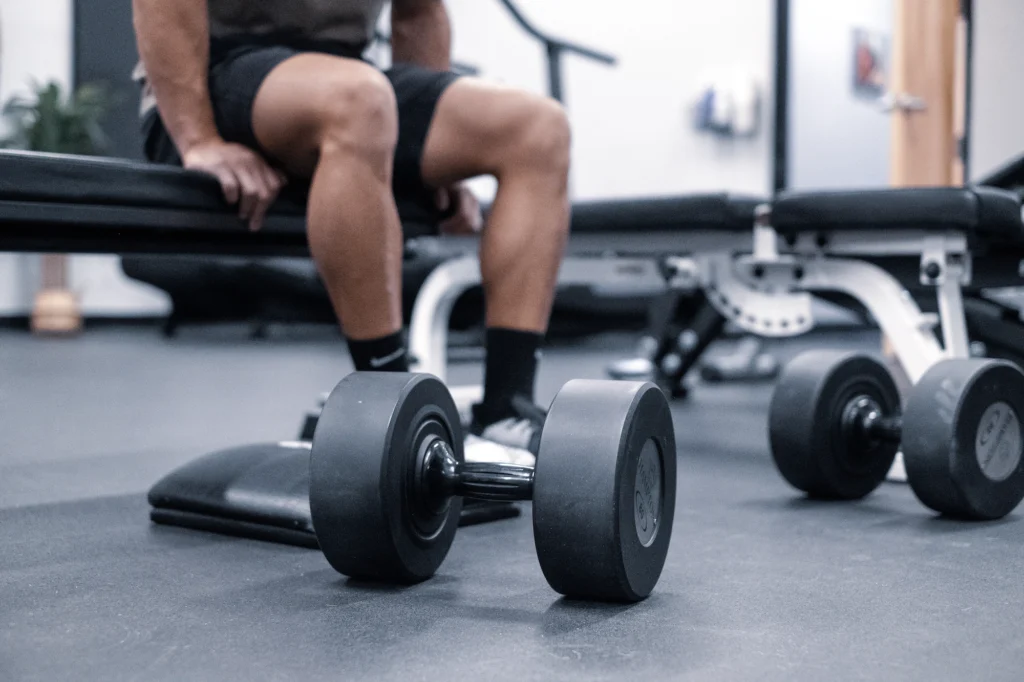How To Program Strength Training for the Average Gym Client

Try these five principles to design an effective resistance training program for improved health, vitality and longevity
As fitness coaches, we frequently fall into the trap of applying high-level, performance-oriented principles universally to all clients, regardless of their individual needs, goals or abilities.
If you think about it, it’s actually quite silly. Why are we using percentage-based deadlift programs with 55-year-old Betty, who just wants to slow down the arthritis she’s been dealing with? And why program drop-clusters with a sprinkle of back-off sets for 35-year-old, new father, Dan, who is looking to exercise for the first time since college to be a good example for his son?
A better approach is required for the majority of our clients, folks who fall into the general population and are seeking improved health and vitality for longevity.
In this article, I want to offer up a few principles to consider when designing resistance training programs for general population individuals whose primary goals revolve around enhancing overall well-being and longevity.
Principle #1: 3 Days Per Week
A program that includes resistance training three times a week is what we are looking for. This frequency allows sufficient room to ensure easy and tough aerobic training is also included in the program and enough time between each session to recover and adapt.
Principle #2: Full Body Split
For the majority seeking health benefits, going with a full-body training split each session is most beneficial. A full body split (upper and lower) allows the individual to get high enough frequency per pattern since the individual will train resistance 3 times per week.
Principle #3: Varied & Functional
When designing programs for longevity, priority should be given to exercises that mirror the functional movements of daily life, such as step-ups, squats, carries and deadlifts. While this approach doesn’t preclude the inclusion of more isolated exercises, like bicep curls, tricep pushdowns, calf raises, etc., it ensures that function and practicality are at the forefront of program design.
The key consideration here is the capability of the client; exercises should only be included when they can be performed safely and effectively, focusing on a variety of equipment to maintain engagement and adaptability. So we should include barbells, dumbbells, kettlebells, cables, machines, bodyweight, etc.

Principle #4: Simplified Progression
We should keep progression simple. When we think of progression from a performance standpoint, we are usually concerned with static exercise selection with a linear build, as the idea is to increase strength, endurance or growth in or through that exercise. Rather than taking this approach in the longevity model, progression is tied to being consistent in resistance training through varied exercise selection while hitting each pattern of movement often.
Principle #5: Great Consistency & High Effort
We will save the most important principle for last. Given that the primary objective is health and longevity, the emphasis should unequivocally be on consistency and effort in resistance training. The goal with any client seeking to extend their vital years on this earth should be consistency.
Since we are discussing resistance training, it is also important to understand that effort, although relative to the individual and factors such as exercise and reps, should always be on the high. If the intention is to maintain perfect form with a @5121 tempo back squat for 5 reps, one should give high effort to maintain great technique each of those 5 reps and those 45 seconds of time under tension. If the intention is to go deep into the muscle endurance cave on a 20-rep dumbbell bicep curl, one should use a load they can do 22-25 reps with, not 50. This will ensure high effort. If the intention is to lift that barbell at 90% of their max 5 rep for 5 reps, the effort will need to be high to do so.
Designing an effective resistance training program for the general population demands a departure from the intricate, performance-centric models we are used to and see everywhere in fitness coaching. By leaning into simplicity, functionality and consistency, we can more accurately meet the needs and goals of those who seek improved health and longevity through their fitness journey. Our role as coaches is to guide and facilitate, ensuring the journey is not only effective but also enriching, empowering our clients to sustain a lifetime of health and vitality.
See Carl’s previous column here.
Next week’s column: Key Principles of Raising Healthy Kids
Carl Hardwick, CEO of OPEX Fitness & CoachRx, is a strong advocate for bringing honor to the coaching profession and raising the value of all fitness coaches. He lectures frequently about program design, business systems, and building a sustainable coaching career. Follow him on Instagram @hardwickcarl and OPEX Fitness on YouTube



